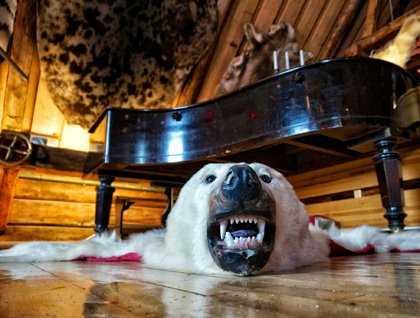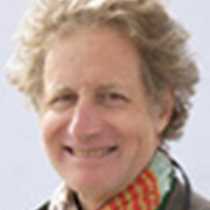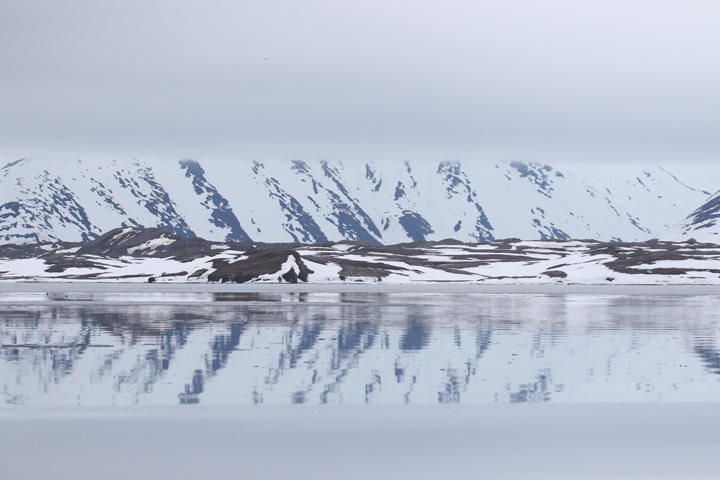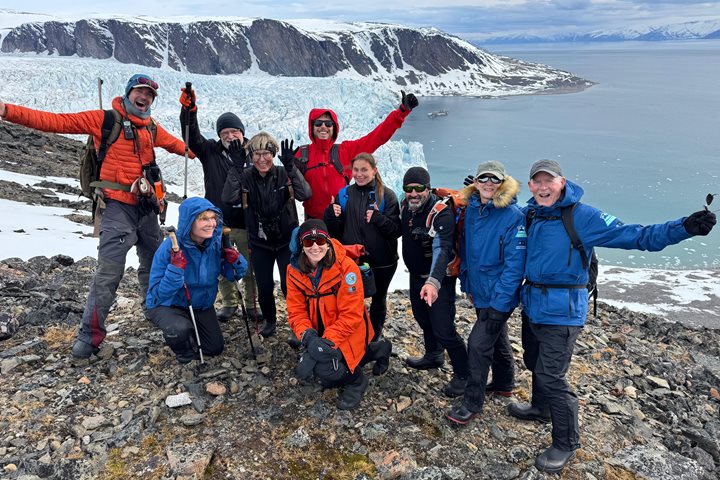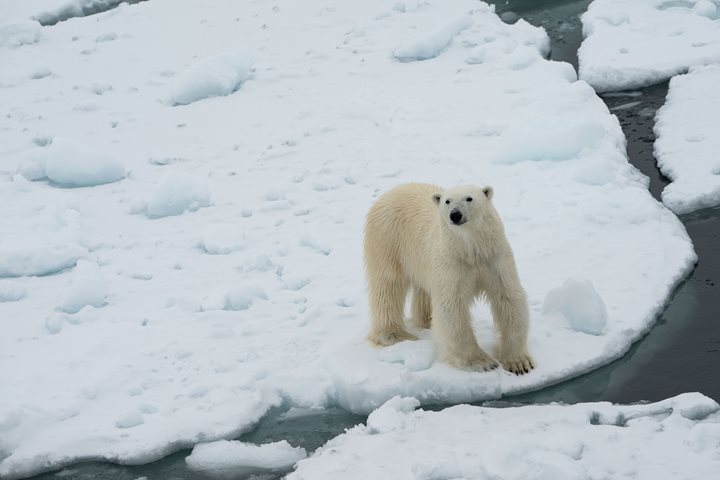Early this morning we sailed into Tromsø, the largest Norwegian city north of the Arctic Circle. The city is located on the small island of Tromsøya, and has always been the gateway to the high Arctic from the mainland. All the famous Arctic scientific expeditions have originated from this small city, today now boasting nearly 77,000 people. It was here that the famous Arctic explorers like Roald Amundsen, Umberto Nobile, and Fridtjof Nansen recruited their crew. Today the city attracts younger people who are seeking higher education and careers in medicine, scientific research, and fisheries. Tromsø is the home for all Norwegian Arctic and Antarctic scientific research and management. Today, it’s a university town with strong emphasis in arctic ecology, biology, and archeological research. There is also a very modern hospital that specializes in tele-medicine surgery as well as a new alternative medicine center that bases much of its research on traditional Sámi customs. The Norwegian government has funded the infrastructure, tunnels and bridges, and higher education centers in this region in order to keep the young people from leaving Northern Norway.
Downtown is comprised of historic wooden houses that co-exist with modern glass buildings like the library and aquarium, called the Polaria.
This morning our guests were given options to take a city tour or go on a hike in the country. The city tour was fascinating, stopping to visit all three of the most important highlights of the city. We started with the Arctic Cathedral, built in 1965 and designed by the famous Norwegian architect, Jan Inge Hovig. To get there we crossed the Tromsø Bridge, that overlooks the city. We toured inside and were able to capture the spirit by photographing the sun coming through the modern designed stain-glass window.
Next we took our bus to the Tromsø Museum to learn more about the history of the Sami people, and watched a film about the Northern Lights that can be viewed during the fall-winter season. Another famous highlight in the city includes the Arctic-alpine botanical garden, the world’s northernmost botanical garden, which grows plants and flowers from all five continents. During the 1970’s, Tromsø became the hub for the revitalization of Sámi language and culture. Many of the street signs now post directions in both languages.
Tromsø today feels very inter-ethical and multi-cultural. Over 100 nationalities are represented in the current population. Along the main street one could see a wide-range of international restaurants: Thai, Palestinian, and Indian. The city also boasts producing some of the best techno music, important artists such as Röyksopp and Biosphere.
Our final stop on the bus tour was to the Polar Museum, where we saw original maps, documents, and artifacts from the actual polar expeditions. There, great tribute is made to Roald Amundsen, who was the first to traverse the Northwest Passage in 1906. We also spent time looking at the displays about Umberto Nobile, and Fridtjof Nansen.
We had a wonderful lunch and then began to head out into the Norwegian Archipelago, sailing towards Fugløya, where we saw puffins, razorbills, and a number of white-tailed eagles.

